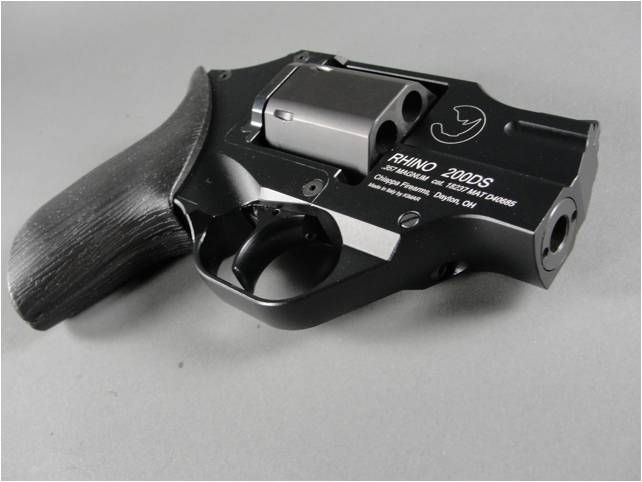I wasn't trying to start a debate. just stating that largerr frames soak up more of the recoil. I used to think packing the most power in a small package was cool but after some stinging hands I decided WHY? I keep the ammo in appropriate frame sizes and enjoy shooting much more. I shoot those 125 gr Hornidays in my Model 36 and find them almost plesant to fire, For preformance's sake I also use them as anti-personell ammo in the HB Model 10. Hey they work like they're supposed to! I do a lot of shooting of 158 gr thru the Model 10 also it's favorite load.
If I had a .44 I'd want a large frame and at least a 4" bbl just to soak recoil up.
Magnums are great rounds and it takes pratice to master them. There's no use hindering yourself by shooting too small of a gun while learning.
Sorry if I confused anyone.
BPDave
If I had a .44 I'd want a large frame and at least a 4" bbl just to soak recoil up.
Magnums are great rounds and it takes pratice to master them. There's no use hindering yourself by shooting too small of a gun while learning.
Sorry if I confused anyone.
BPDave

